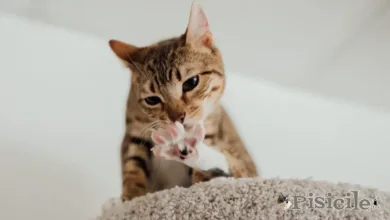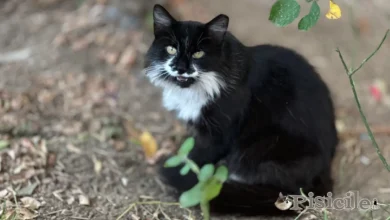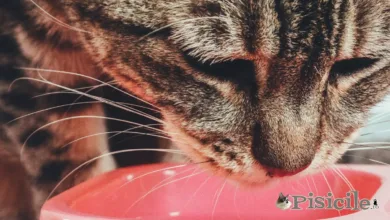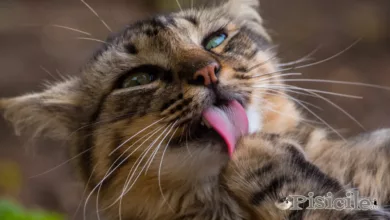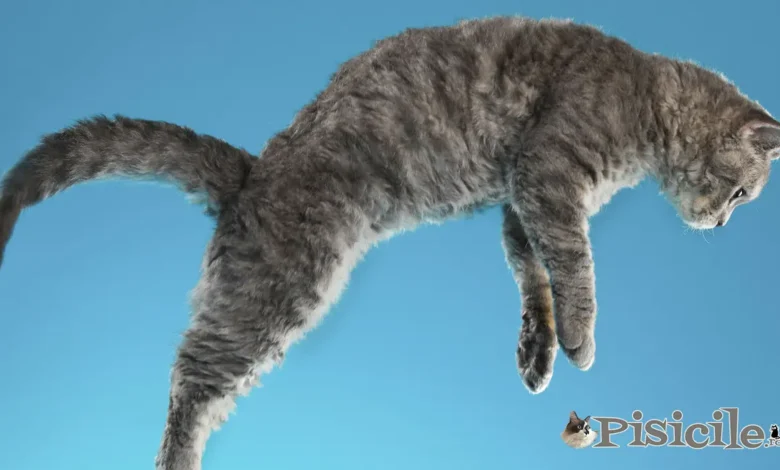
Cats are well known for their acrobatic qualities and their anatomy that allows them to sit or sleep contorted in the strangest and funniest positions. Besides earning our admiration, these acrobatic qualities and very quick reflexes help the cat to survive and escape from critical situations. One of the most interesting and spectacular behaviors of these felines is the fact that cats almost always fall on their feet.
Let's be honest, the statement that "cats always land on their feet" is not entirely true, even though cats often seem to defy the laws of gravity. If the height from which it falls is low, the cat may not have enough time to fully rotate its body or extend its paws before hitting the ground. This can lead to serious injuries such as contusions or fractures.
Subject
Why do cats fall to their feet when they jump or are dropped?
Cats fall to their feet thanks to a complex mechanism called the righting reflex. This reflex involves several systems related to the cat's unique anatomy and physiological factors. The vestibular system, eyes, proprioception, spinal anatomy, and musculature all make up the righting reflex.
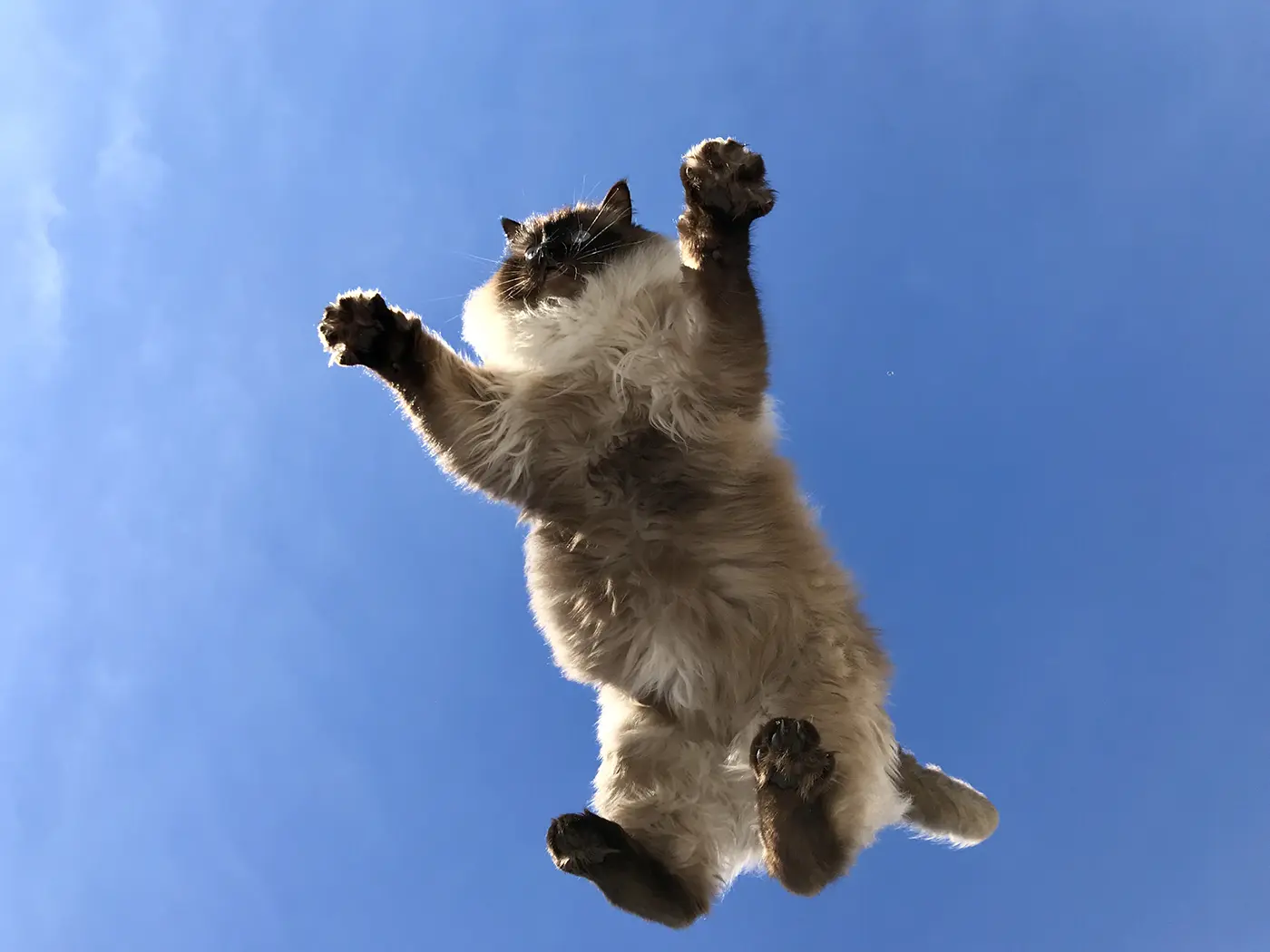
Here's how each of these systems works that cats fall to their feet almost every time.
The vestibular system of the cat
Cats have a highly developed vestibular system in the inner ear, which gives them an excellent sense of balance and spatial orientation. This system helps the cat to perceive gravity and immediately detect its position relative to the ground, even if it is spinning in the air during the fall. Basically, it is the vestibular system that very quickly gives her data about her position in space. At the same time, sharp eyes provide visual information about the position of the body and the surrounding environment.
Proprioception in cats
Another important factor in the righting reflex is proprioception. Proprioception in cats is their ability to perceive and self-regulate their body position in space without using vision. This sense allows cats to know exactly where their body parts are at any given time, which is very important to orient themselves correctly when falling from a height.
Proprioception involves specialized receptors in muscles, joints and tendons, which transmit information about their tension and position to the cat's brain. This ability allows cats to make quick and precise body adjustments during a fall, ensuring that they always turn and land on their feet.
The spine and muscles of cats
The vestibular system, keen eyes and proprioception are complemented by the cat's spectacular anatomy. Cats have a very flexible spine made up of many small vertebrae. This flexibility allows them to rotate quickly and efficiently in the air to adjust their body position.
Also, cats benefit from a flexible and very well-defined musculature, which is perfectly coordinated by the brain. When a cat is falling, the muscles and spine help it position itself correctly to land on its feet.
The dynamics by which cats fall to their feet
When a cat falls, the vestibular apparatus in its inner ear detects the sudden change in orientation. In response, the cat quickly turns its head to determine the "up" direction. Information from the vestibular apparatus and the eyes are integrated to determine the position of the body in space. Flexible back musculature allows the cat to rotate its trunk to line up with its head. As the cat approaches the ground, it extends its paws to absorb the impact of the fall.
This complex process is accomplished in just a fraction of a second, thanks to the high speed of the cat's reflexes and the flexibility of the spine. Although cats don't always land perfectly, their righting reflex gives them a much better chance of landing safely than other animals.
When falling from great heights, cats can flatten their bodies to slow their fall speed, using their tails to adjust their balance and direction.
In conclusion, cats' ability to always land on their feet is the result of a combination of anatomy, physiology and instinct. The extraordinary flexibility of the spine, the highly developed vestibular system and their remarkable proprioception allow these felines to execute precise and rapid movements during the fall. These natural self-regulating and quick-adjustment mechanisms ensure safe and graceful landings, even from considerable heights. However, if cats fall from a low height, they will not have time to fully activate their righting reflex.
Also read: 30 interesting facts about cats.
Also keep in mind that when cats fall from great heights, they can end up with very serious or fatal injuries.
